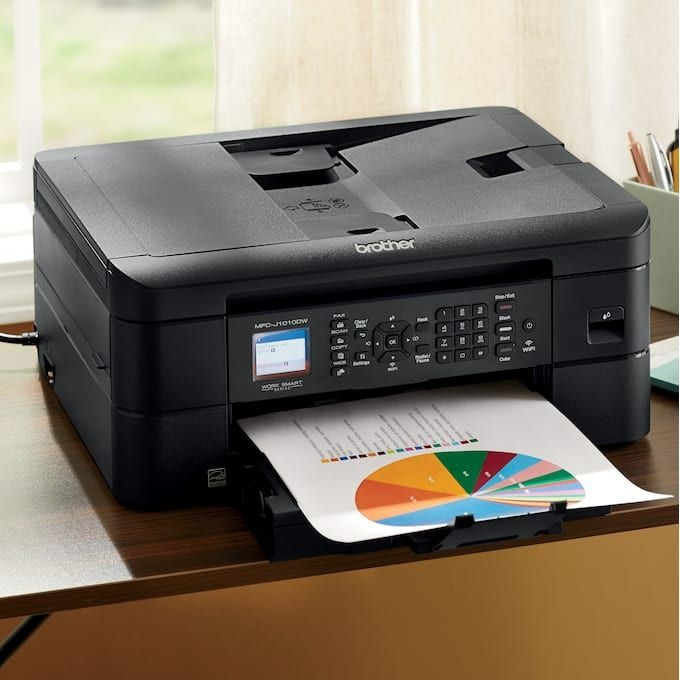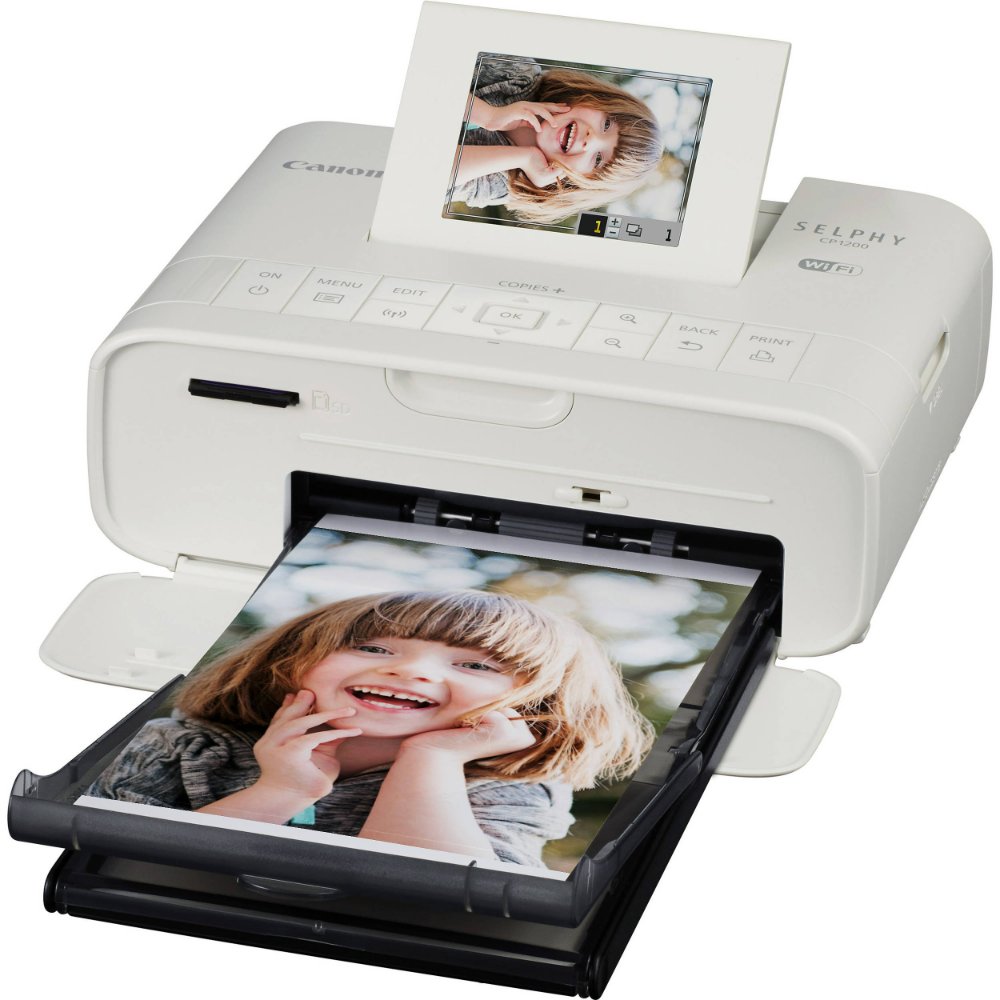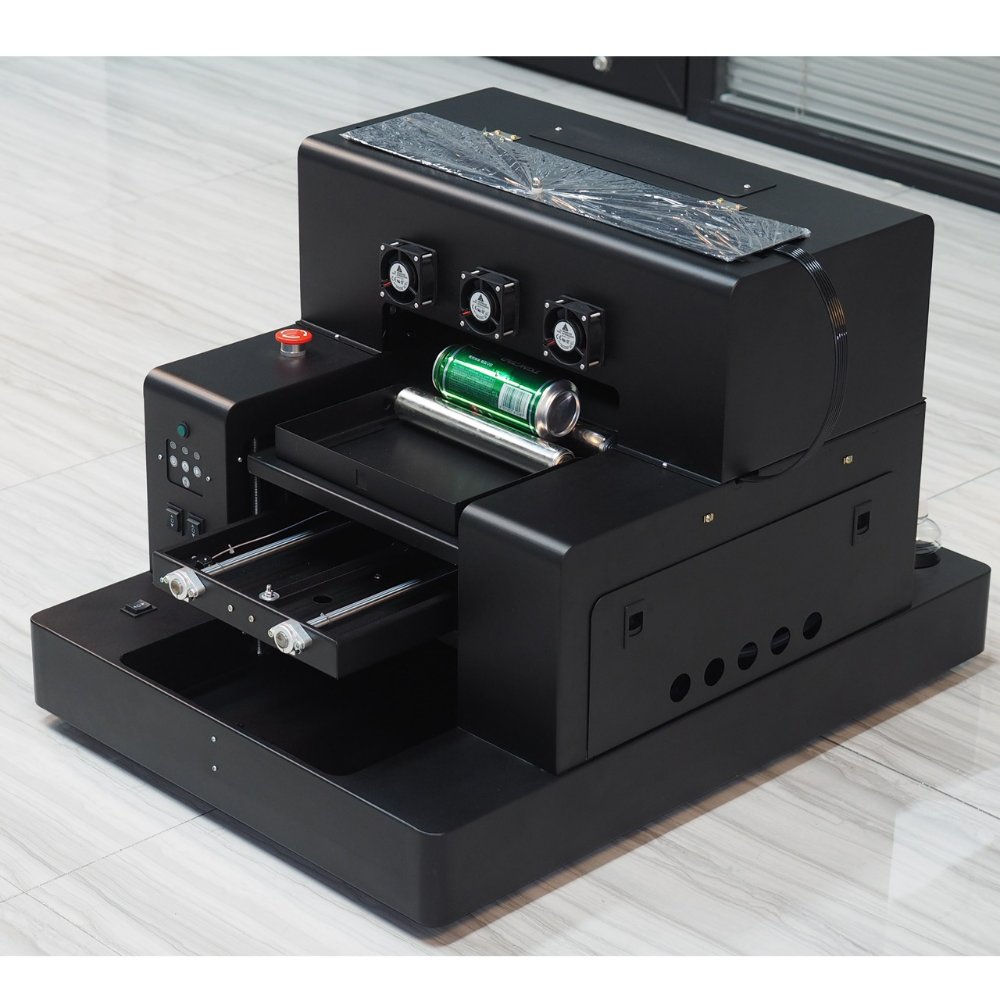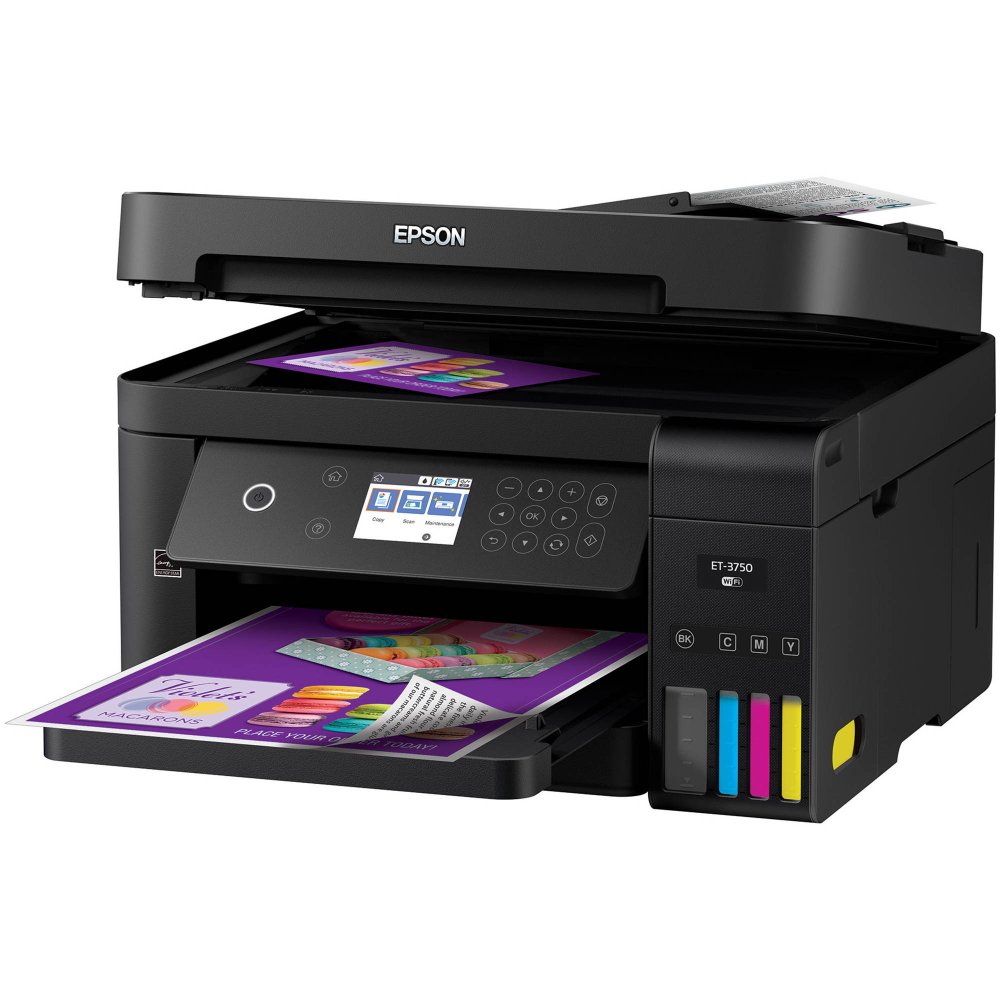Introduction to Printer Cables in 2025
In 2025, printer cables continue to play a vital role in office and home printing setups. Despite advancements in wireless technology, a sturdy and compatible printer cable remains essential for reliable connections. With a variety of cables on the market, it is crucial to understand their functions and compatibility. Every printer cable connects a printer to devices for effective communication and data transfer.
As technology evolves, so too do the standards and designs of these cables. Users must stay informed about the latest printer cable options to ensure seamless printing experiences. This guide serves as a comprehensive overview of printer cable types, compatibility, and technology advancements for the year 2025. Stay ahead in your printing needs by choosing the right printer cable, tailored to your specific printing requirements and devices.

Types of Printer Cables Used in 2025
Understanding the printer cable types is crucial for ensuring device compatibility and efficient data transfer.
USB Printer Cables
USB printer cables in 2025 remain the go-to for easy, plug-and-play connections. They connect various devices with universal ports simplifying the printing process. The most used types are USB-A to USB-B cables, typically for linking printers to desktops and laptops. USB-C cables have also gained popularity for their faster data transfer rates and reversible design. Ensure to match the USB version of the cable with your printer for optimal performance.
Ethernet Printer Cables
Ethernet printer cables are key for office networks with multiple printers. They allow printers to join a local area network (LAN) for shared access among employees. These cables support high-speed data transmission and prove more secure than wireless connections. Always check the length and the quality of the Ethernet cable to maintain stable connections.
Wireless Printer Connectivity
Wireless connectivity has advanced significantly by 2025, offering greater flexibility for printer setup. Wi-Fi and Bluetooth options replace the need for physical cables. Be aware of your printer’s wireless standards to align with your network’s capabilities. The setup can be more complex compared to USB or Ethernet cables, but frees you from cable clutter and allows printing from multiple devices easily.
Identifying the Right Cable for Your Printer
Selecting the correct printer cable is critical for optimal performance. When looking for the right cable, consider your printer’s specifications first. Start by identifying your printer’s port type. Most modern printers feature USB-B, Ethernet, or wireless connectivity options. For printers with a USB-B port, a USB-A to USB-B cable is often the ideal choice. In contrast, printers designed for office networks typically have Ethernet ports. These require a high-quality Ethernet cable to connect to the network.
Once you’ve determined the port type, focus on the cable’s compatibility. Check for the USB version if you choose a USB cable. Remember, a mismatch can lead to slower performance or connection errors. If you prefer a wireless setup, ensure your printer supports the current wireless standards. Knowing the printer model and its port requirements simplifies the selection process. Stick to reputable brands and read reviews to gauge cable reliability. Quality cables ensure consistent connections and reduce the risk of printing disruptions.

Factors Affecting Printer Cable Compatibility
When choosing a printer cable in 2025, several factors can influence compatibility. It’s not just about picking any cable off the shelf. The right choice ensures that your printer works smoothly and efficiently. Here, we’ll discuss the primary considerations that determine whether your printer cable will be a perfect match or a source of frustration.
Printer Model and Manufacturer
Each printer model and manufacturer has specific cable requirements. These requirements dictate the type of connection your printer supports. For example, some models from brands like HP or Canon may only work with their proprietary USB cables. Before purchasing a printer cable, check the manufacturer’s specifications. They provide crucial information about which cable will work without issues. Remember, using the wrong cable can result in poor performance or even damage to your printer. Choose cables designed or approved by the printer manufacturer to guarantee compatibility.
Operating System and Driver Support
The operating system (OS) on your computer influences printer cable compatibility. Different OS versions support various printer models and cables. Always ensure that your OS has the latest updates and drivers for your printer. Outdated drivers can cause communication problems between the printer and computer. For seamless experience, verify that the printer cable is compatible with both your printer and the operating system running on your PC or laptop. If unsure, consult with the printer’s user manual or the manufacturer’s customer support. They can guide you on driver updates and OS compatibility issues. Regular updates help maintain a stable connection between your devices.
Advances in Printer Cable Technology in 2025
The year 2025 has seen notable advances in printer cable technology. Enhanced materials and engineering have led to cables that offer better performance and durability. Let’s explore the leading innovations in this sector.
Enhanced Durability and Materials
Modern printer cables now feature materials that resist wear and tear much better than before. They also withstand harsh conditions, reducing the need for frequent replacements. Newer USB cables often include braided nylon or reinforced protective sleeves. These materials protect against bending and fraying, extending the life of the cable.
Faster Data Transfer Speeds
Advances in USB technology have led to cables capable of higher data transfer rates. For example, the emergence of USB 4 has revolutionized how fast data can be sent. It ensures quick and efficient printing jobs, especially for data-heavy documents.
Improved Power Delivery
Printers with built-in USB hubs require cables that can deliver adequate power. The latest cables support enhanced power delivery protocols. This means faster charging of connected devices and reliable printer performance during high-demand tasks.

Smart Cable Technology
Some printer cables now incorporate smart technology. They have embedded chips that communicate with the printer, ensuring optimum compatibility. These chips can also detect and resolve connectivity issues automatically, leading to fewer user interventions.
Eco-Friendly Options
Manufacturers are increasingly focusing on sustainability. Eco-friendly printer cables are becoming available, made from recyclable materials and designed to be long-lasting. These environmentally conscious choices help reduce e-waste and support a greener future.
The year 2025 marks significant strides in printer cable technology. Users can experience enhanced performance, reliability, and environmental benefits. As always, ensure any new cable you choose is compatible with your printer to make the most of these advancements.
Troubleshooting Common Printer Cable Issues
Even with the best printer cables in 2025, users may encounter various issues that hinder printing performance. Addressing these concerns promptly can prevent delays and ensure a smooth workflow. Below are some common printer cable problems and how to resolve them.
Connection Failures
One of the most frequent issues is a connection failure between the printer and the device. To troubleshoot:
- Ensure that the printer cable is firmly connected to both the printer and the computer.
- Check for any visible damage on the cable and replace it if necessary.
- Restart the printer and the computer to refresh the connection.
Slow Data Transfer
If printing is slower than expected, consider the following fixes:
- Verify that the printer cable matches the USB version of your printer for optimal data transfer speeds.
- Replace older cables with a new one supporting faster data rates, like USB 4 if applicable.
- Disconnect other devices that may be taking up bandwidth on the same USB hub.
Intermittent Connectivity
For printers with connectivity that comes and goes, take these steps:
- Inspect the printer cable for loose connections and secure them.
- Replace the cable if it’s excessively bent or has worn-out connectors.
- Test the printer with a different cable to isolate the issue.
Incompatibility Messages
When receiving error messages about incompatibility:
- Check that the cable is designed for your specific printer model and manufacturer.
- Ensure that your operating system is updated with the latest drivers for your printer.
- Consult the printer’s manual or the manufacturer’s support for compatible cable types.
Recognizing Printer But Not Printing
Sometimes the printer is recognized, but printing doesn’t commence:
- Check for printer driver updates and install them if available.
- Try a different cable to rule out a faulty connection.
- Look for any queues or errors in the printing software and clear them.
By systematically addressing these common issues, you can often resolve printer cable problems and restore your printer’s functionality. Regular maintenance and being aware of how to troubleshoot can save time and reduce frustration.
Future Trends in Printer Connectivity
As we look beyond 2025, the landscape of printer connectivity continues to evolve at a rapid pace. Understanding future trends is crucial for anyone looking to stay up-to-date with the latest printer cable technology. Below are several anticipated developments that could redefine how we connect our printers.
Smart and Adaptive Printer Cables
The printer cables of tomorrow are expected to be even smarter. They may automatically adjust settings for optimal performance, based on the printer and device they’re connected to. This could greatly simplify setup processes and enhance user experiences.
Increased Wireless Capabilities
Wireless connectivity is likely to grow, with improved stability and speed. Future wireless printer connections could offer faster data transfer than today’s cables, with enhanced security protocols to safeguard against cyber threats.
Universal Compatibility Standards
The industry might move towards universal standards for printer cables and connectivity. This would allow a single cable to work with a wide range of printer models and brands, reducing confusion and e-waste.
Contactless Data Transfer
Innovations such as Near Field Communication (NFC) and Li-Fi could introduce contactless printing capabilities. This would enable users to print by merely bringing their devices into close proximity to the printer.
Environmentally Sustainable Options
As the focus on sustainability intensifies, we can anticipate a rise in eco-friendly printer cables. These would be made from biodegradable materials, further reducing the environmental impact of printing technology.
The future is bright for printer connectivity, with emerging trends set to offer more reliable, efficient, and eco-friendly ways to keep our printers in sync with our ever-evolving tech habits. By keeping an eye on these trends, users can ensure they are prepared for the connectivity demands of tomorrow.
